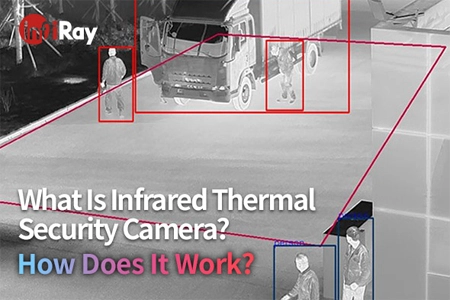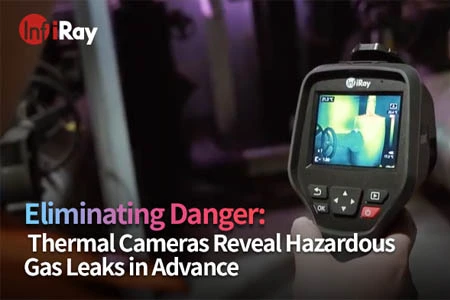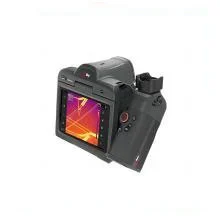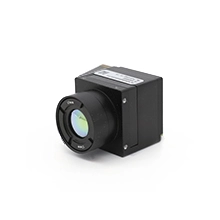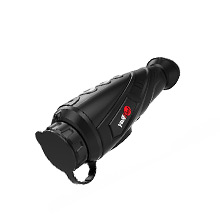What is an Online Thermal Camera? How to Use It?
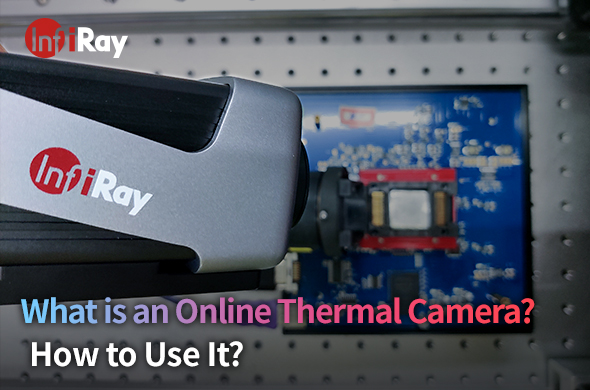
In today's rapidly evolving technological landscape, online thermal cameras have emerged as powerful tools with a myriad of applications. From enhancing safety and security to providing critical insights in various industries, these devices play a crucial role in our modern world. This comprehensive guide will delve into the fundamentals of those thermal cameras, their applications, and step-by-step instructions on how to use them effectively.
I. What are Online Thermal Cameras
Online thermal cameras utilize infrared technology to detect and visualize temperature differences in a given environment. Unlike traditional cameras, these devices capture heat signatures, making them invaluable for a range of applications, including industrial inspections, building diagnostics, and healthcare.
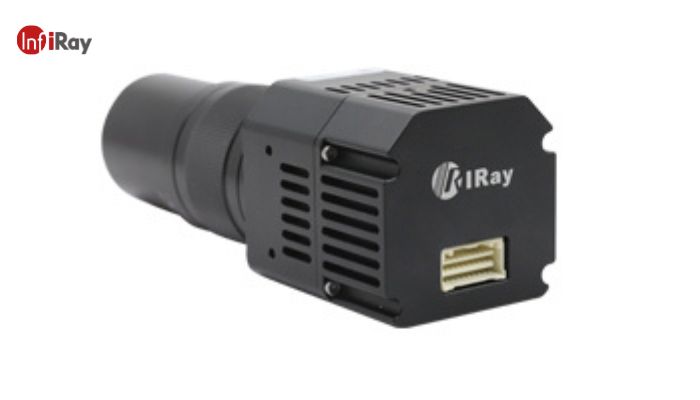
II. Advantages of Online Thermal Cameras
A. Enhanced Safety and Security
One of the primary advantages of online thermal imagers is their ability to enhance safety and security. These cameras can detect anomalies in temperature, enabling the early identification of potential hazards such as electrical issues, gas leaks, or even intruders.
B. Non-Intrusive Inspection
Online thermal cameras provide non-intrusive inspection capabilities, allowing professionals to identify problems without disrupting operations. This makes them ideal for preventive maintenance, reducing downtime, and overall operational costs.
C. Early Detection of Issues
With real-time monitoring capabilities, these cameras enable the early detection of issues before they escalate. Whether it's identifying equipment malfunctions in an industrial setting or spotting potential structural problems in a building, online thermal cameras contribute to proactive problem-solving.
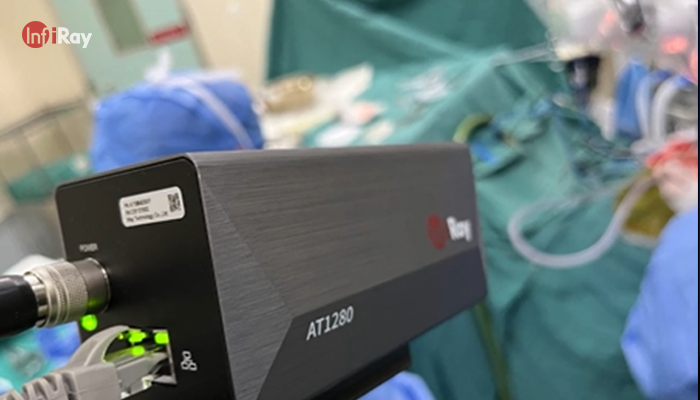
III. How Online Thermal Cameras Work
A. Infrared Technology Basics
Online thermal cameras operate on the principles of infrared radiation. They capture the heat emitted by objects and convert it into visible images, allowing users to identify temperature variations.
B. Components of Online Thermal Cameras
Key components include an infrared sensor, optics, and a processor. The infrared sensor captures thermal data, which is processed and transformed into a visual representation that users can analyze.
C. Real-time Monitoring Capabilities
Online thermal cameras offer real-time monitoring, providing instantaneous feedback on temperature changes. This capability is essential for time-sensitive applications, allowing for swift responses to emerging situations.
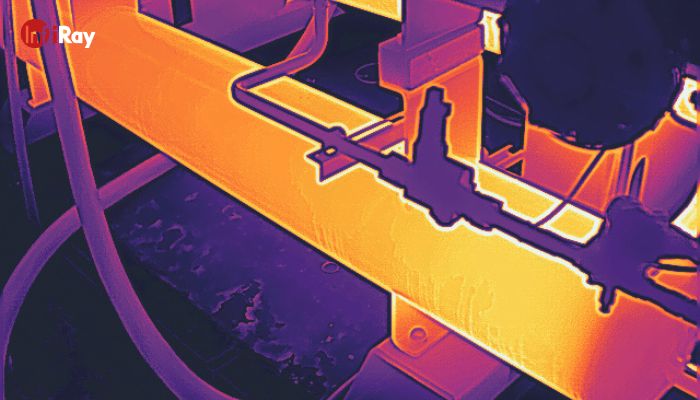
IV. Applications of Online Thermal Cameras
A. Industrial and Manufacturing
In industrial settings, these cameras are utilized for preventive maintenance, identifying faulty equipment, and ensuring optimal operational conditions. They contribute to increased efficiency and reduced downtime.
B. Building and Infrastructure Inspections
In the construction and maintenance of buildings, online thermal imagers play a vital role in identifying insulation issues, water leaks, and structural abnormalities. This aids in preventing potential disasters and prolonging the lifespan of structures.
C. Healthcare and Medical Diagnosis
In the healthcare sector, online thermal cameras assist in fever detection, wound monitoring, and identifying circulation issues. They provide valuable insights for medical professionals in diagnosing and monitoring various health conditions.
D. Environmental Monitoring
For environmentalists, online thermal imaging cameras are useful in monitoring wildlife, assessing ecosystems, and identifying temperature variations in natural habitats. This aids in conservation efforts and ecological research.
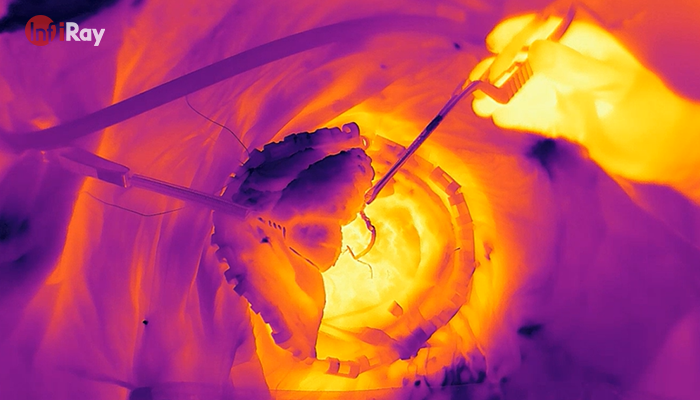
Taken by InfiRay AT1280 Thermographic Infrared Camera Online
V. Choosing the Right Online Thermal Camera
A. Consideration of Key Features
When selecting an online thermal camera, consider features such as resolution, temperature range, and sensitivity. These factors impact the camera's performance and suitability for specific applications.
B. Budgetary Considerations
Evaluate your budget constraints and find a balance between cost and performance. While advanced features are desirable, choosing a camera that meets your requirements without exceeding your budget is crucial.
C. Integration with Existing Systems
Ensure compatibility with existing monitoring and security systems. Integration facilitates seamless data sharing and enhances the overall effectiveness of your surveillance infrastructure.
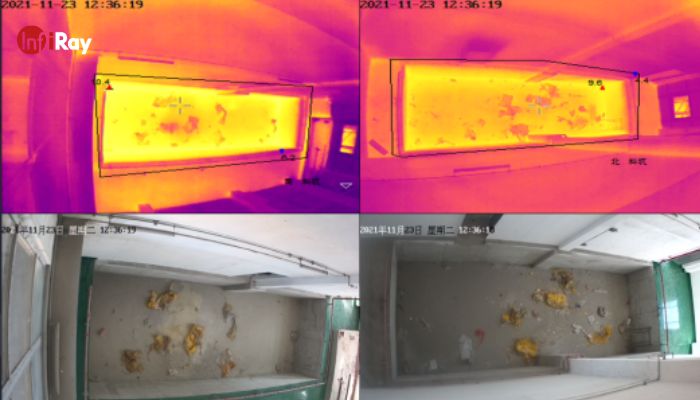
VI. Step-by-Step Guide on How to Use Online Thermal Cameras
A. Camera Setup and Calibration
1. Unbox and Assemble: Carefully unpack the camera and assemble it according to the manufacturer's instructions.
2. Power On: Connect the camera to a power source and switch it on.
3. Calibration: Perform the calibration process to ensure accurate temperature readings.
B. Monitoring Software Installation
1. Download Software: Visit the manufacturer's website to download the latest monitoring software.
2. Installation: Follow the installation instructions, ensuring proper configuration for your specific operating system.
C. Interpretation of Thermal Images
1. Understanding Color Representations: Learn how different colors in thermal images correspond to varying temperatures.
2. Identifying Anomalies: Train yourself to recognize anomalies or irregularities in thermal patterns that may indicate potential issues.
D. Troubleshooting Tips
1. Regular Maintenance: Keep the camera and its components clean to ensure optimal performance.
2. Calibration Checks: Periodically check and recalibrate the camera to maintain accuracy.
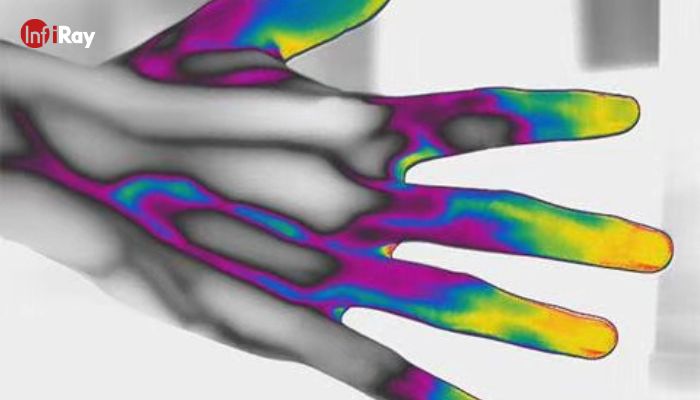
VII. Best Practices for Maximizing the Effectiveness of Online Thermal Cameras
A. Regular Maintenance and Calibration
Regular maintenance and calibration are essential for ensuring accurate temperature readings and prolonging the lifespan of your online thermal camera.
B. Staff Training and Education
Properly train personnel on the correct usage and interpretation of thermal images. Knowledgeable operators contribute to the effective utilization of the technology.
C. Integration with Overall Security and Monitoring Systems
Integrate online thermal cameras with existing security and monitoring systems for a comprehensive approach to safety and security.

 français
français  Deutsch
Deutsch  Español
Español  italiano
italiano  русский
русский  português
português  العربية
العربية  日本語
日本語  한국어
한국어  magyar
magyar 






